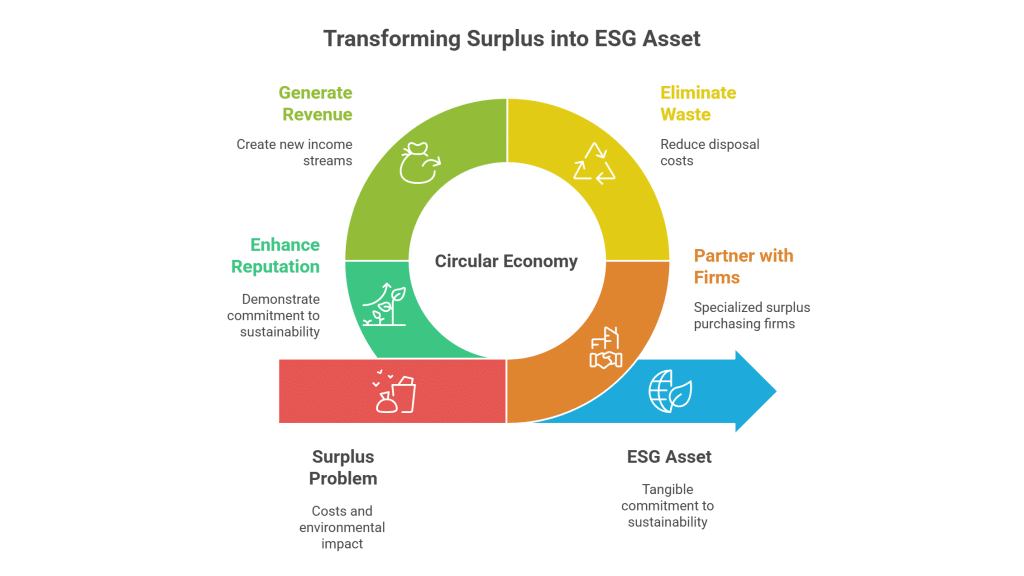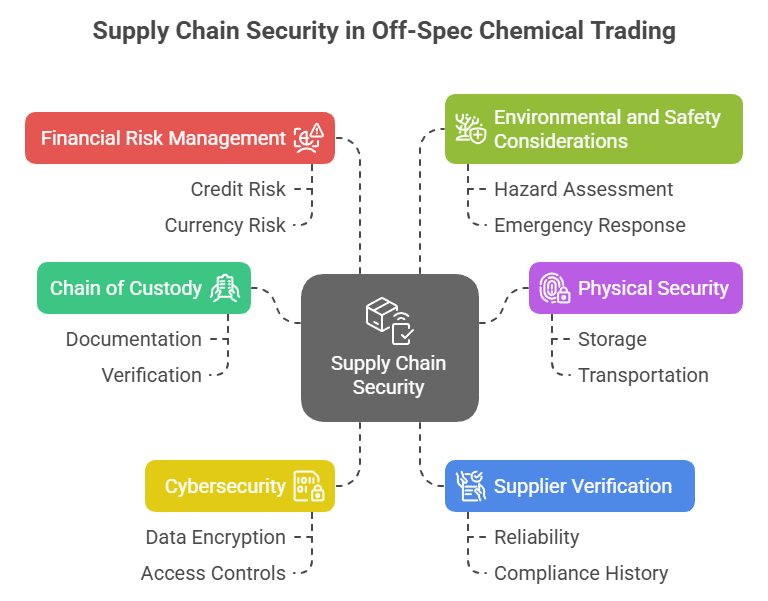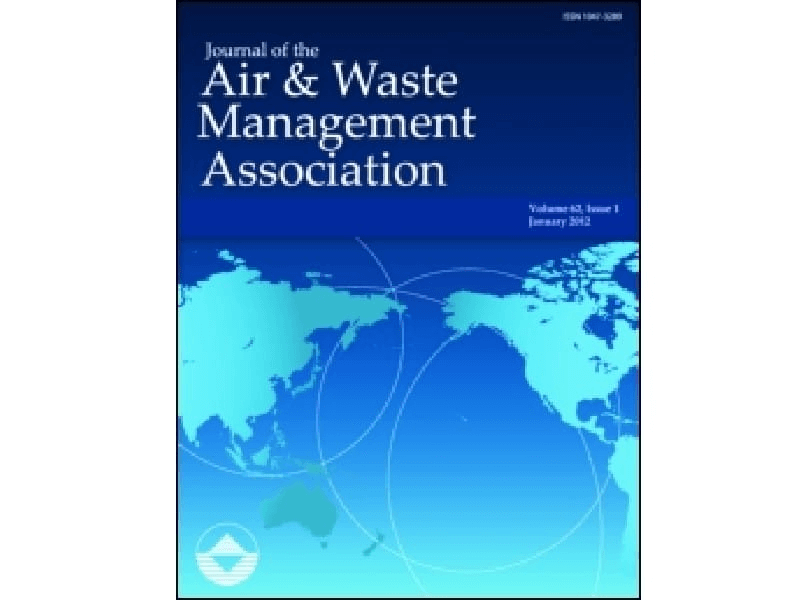Empowering the Pigments & Adhesives / Rubber Sector with Surplus Carbon Black
Carbon Black is a versatile specialty pigment widely recognized for its deep black coloration and exceptional reinforcing properties in rubber compounds and adhesives. This high-demand chemical is produced primarily for enhancing tire durability, improving UV protection in coatings, and ensuring vibrant, long-lasting color in various pigment applications. As surplus inventory, Carbon Black presents a unique opportunity to repurpose excess stock from production lines, reducing waste and storage hurdles while delivering a product that remains essential for numerous industrial applications.
Carbon Black Surplus Inventory for Pigments & Adhesives / Rubber - Sustainable Trading Opportunities
The buying and selling of surplus Carbon Black offers substantial benefits for both sellers and buyers. Manufacturers and distributors can recoup costs by offloading excess inventory, thereby freeing up storage space and mitigating expensive disposal fees. Buyers, including procurement managers and R&D specialists, gain access to cost-efficient, high-quality material that strengthens product performance. This trading approach not only aligns with economic benefits such as improved cash flow and reduced overheads but also promotes sustainability by repurposing materials that might otherwise contribute to environmental waste. Companies can transform a potential liability into a revenue stream while staying compliant with environmental regulations and reducing the carbon footprint linked to chemical disposal.
Carbon Black in the Pigments & Adhesives / Rubber Industry
For buyers, acquiring surplus Carbon Black means accessing a cost-effective and reliable source of a critical material. It offers improved product performance in both color intensity and mechanical strength, often at a lower price than market rates. Additionally, by opting for surplus chemicals, buyers benefit from the environmental advantages of reduced waste and a minimized ecological footprint.
Sellers gain significant advantages by liquidating surplus Carbon Black. This process not only recovers storage and disposal costs but also frees up valuable plant space and mitigates the risk of regulatory penalties. Moreover, selling excess inventory can turn an otherwise idle asset into a profitable resource, supporting sustainability goals while strengthening company balance sheets.
Table of Contents
Transforming Surplus into Profit: A Real-World Carbon Black Success Story
A leading manufacturer in the Pigments & Adhesives / Rubber sector faced challenges with accumulating surplus Carbon Black due to seasonal production variances. By partnering with a specialized surplus trading organization, they were able to convert excess inventory into a profitable resource. The surplus was redirected to several buyers who integrated the high-quality material into their formulations, enhancing product performance and color consistency. This strategic move not only reduced disposal costs and free up storage space but also improved cash flow and underscored the commitment to environmental sustainability by repurposing materials that would otherwise contribute to waste.



















